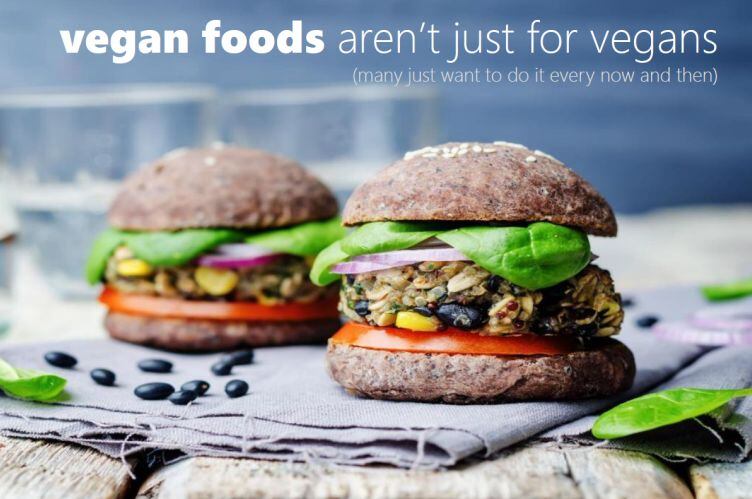During the past decade, “the evolution of the terms ‘health’ and ‘wellness’ or ‘well-being’ have grown and flourished for consumers as well retailers,” according to FMI’s 2019 Retailer Contributions to Health and Wellness report.
Based on a survey of 39 food retailers representing more than 20,000 stores conducted last spring, FMI says 90% of all respondents have health & wellness programs of some kind and 60% have them for consumers – this is an 86% increase from just two years ago.
While the development and executive of these programs can be resource intensive, FMI reports that 71% of food retailers that offer health & wellness related services to consumers do so because they see it as a way to grow business. In addition, 63% do so to meet consumer expectations, 54% to build customer loyalty and 54% to add consumer convenience with an eye towards becoming a one-stop shop.
As the prevalence of health & wellness program increases, so too are retailers’ and consumers’ sophistication about what makes a competitive and beneficial offering, FMI notes, adding: “the progression and ‘personalization’ of the definition of health and wellness has made pinpointing specific offerings an opportunity for retailers.”
In general, one way this has played out at many stores is to shift the focus from offering or treatment for illness to more well-being support services, FMI said. It found 26% of retailers now focus on wellness versus 11% in 2017. About 12% of stores, however, are setting themselves apart by focusing more on illness now than two years ago when only about 3% focused on illness.
Store programming also has shifted with retailers’ new focus on wellness. Now, 84% of retailers offer good-for-you products in at least half of their stores, 69% offer healthy recipes and/or product sampling, 68% label menus with an eye towards health and wellness and 64% offer better-for-you prepared foods.
“One can see how programming has progressed since 2017 when these top offerings included smart phone apps and front-of-pack labeling, or since 2014 when this listed included store tours and community health events,” FMI noted.
Targeting health & wellness tribes
As retailers continue to personalize their health and wellness offerings, FMI recommends they do so based on the primary food ‘tribes’ with which their customers self-identify.
“Understanding shoppers personally and customizing experiences to their specific needs, including offering shelf identification, are not must haves for moderate satisfaction, but they are powerful drivers of enhancing and amplifying what already works, elevating good stores to those perceived as excellent,” FMI notes.
It adds that some of the most popular new shelf identifiers added by retailers in 2019 include cage free, diabetes management, digestive health, fair trade, brain health, immune function, bone health and athletic performance.
Similarly, some of the fastest growing key food attributes added in 2019 to appeal to food tribes include local, vegan, GMO, Kosher, heart healthy, low sodium and vegetarian, according to FMI. Comparatively, some of the fastest growing attributes in 2017 were organic and gluten free.
Other strategies for driving health & wellness growth
While many retailers have already taken strides to offer more personalized health and wellness programs to consumers, FMI notes that “there is more they can do, including digging deeper into consumers’ unmet needs and getting an early handle on the behavior of younger generations.”
For example, FMI recommends that retailers reconsider how they deliver health and wellness information to consumers. The most common strategies include social media, weekly circulator, in-store signage, store pharmacists, websites and community outreach. But the most effective strategies are used by half or fewer retailers.
Specifically, FMI says using store dietitians is one of the most-effective tactics but it is used by ony half of responding retailers. In addition, publicity and email listserves are reported to be among the most effective strategies, but they are used the least, according to FMI.
Another potentially influential strategy is to transform stores into community health and wellness centers by adding clinics that can “help connect the wellness dots across the store,” and “increase customer spend and loyalty by leveraging retail clinic interactions to influence what consumers purchase across the rest of the store,” FMI suggests.
Currently, about 58% of in-store clinics are managed by health systems, 25% by a combination of the retailer and health system and only 16% by just the retailer, FMI notes.
Finally, FMI notes, that as more consumers go online for groceries, retailers increasingly need to offer health and wellness programs through their ecommerce platforms for better continuity.




